ET3.8.1 AI on Chip: Perception, Learning, and Control in Neuromorphic Hardware
Today, Artificial Intelligent systems are dominated by deep neuronal networks that learn to solve tasks from data. The DNNs have replaced computer vision architectures with hand-crafted features and have revolutionised data and signal processing. In order to train and run DNN architectures efficiently, specialised hardware accelerators are developed. One type of these accelerators is neuromorphic hardware, originally developed to emulate behaviour of biological neurons using electrical circuits. Modern neuromorphic devices such as Intel’s Loihi research chip directly execute spiking neuronal networks and often include plasticity — the ability of network connections to change on the fly based on local activity in the network. This hardware promises a new computing framework that goes beyond deep learning. These new computing framework features ultrafast event-based inference and one-shot learning — key capabilities to deploy DNNs in low-latency applications in dynamic environments. This talk will show how neuromorphic hardware can be used to solve robotic tasks.



